By Matthew Holloway |
A new report on Arizona’s Empowerment Scholarship Account (ESA) from the Common Sense Institute (CSI) shows a robust jump in ESA enrollment of nearly 15,000 students since last year.
According to the detailed report, the school choice program has reached a milestone with 92,362 students enrolled as of September 15, 2025. Projections indicate that ESA numbers will reach 103,000 this fiscal year.
The report from CSI is released on a quarterly basis to address “a lack of reliable and consistent data about who is using the program and how.” CSI noted, “Applying scrutiny to hundreds of thousands of individual transactions on an almost real-time basis has made the program vulnerable to exaggeration, misinformation, and mischaracterization. No comparable program is subject to this kind of examination.”
The quarterly findings indicate the program is maturing from an initial stage of rapid growth to a more steady-state. Universal eligibility, rolled out in 2022, has fueled the fire, but the real story now is “switchers”—57% of new enrollees ditching public schools for tailored options like private academies, therapies, or homeschooling setups. The report underscores how shrinking school-age cohorts (down 20,241 since 2021) aren’t slowing the momentum.
Glenn Farley, Director of Policy & Research at CSI and the report’s author, explained, “Arizona’s ESA program is reaching a point of steady participation. The rapid expansion is behind us, and future growth will be shaped more by broader demographic trends and the choices families make across an increasingly competitive K–12 landscape.”
The key questions that CSI seeks to address include the ultimate cost of the program at full expansion, the steady-state count of how many people are using the ESA program, its ultimate extent, the demographic characteristics of its users, and the efficiency and good operation of the program.
CSI found that total ESA costs are on track to reach $1.0369 billion in FY 2026, with an average award of $10,349 per student. Notably, 88% of funds have already been spent, the highest percentage ever recorded. Administrative approval rates are at a peak of 88.8%, and reimbursements are processed in just 13 days on average, with a whopping 455,142 orders handled in the last quarter alone.
As far as budgetary impact is concerned, a common complaint from opponents like Governor Katie Hobbs, the CSI projects that “state K–12 Basic State Aid costs will exceed appropriations by $35 million in FY 2026, due largely to higher ESA participation and lower-than-expected district enrollment.”
The report also offers a firm, authoritative rebuke to allegations that the program is most used by “the wealthy.”
“Nearly 57% of ESA recipients live in ZIP Codes with a median family income of between $75,000 and $150,000 – up slightly since our last report. A quarter of ESA users may be lower-income, 13% reside in rural areas, and nearly 20% are estimated to be nonwhite,” the report states.
Farley concluded the CSI report’s findings, writing, “Administrative reform throughout 2025 by the Department of Education has improved various high-level metrics: the Department is approving purchases faster and at greater volume and embracing its statutory authority (risk-based auditing, Handbook language noting use-tests for technology purchases and not limiting the purchases directly, etc.). However, the ESA environment often remains narrative rather than fact driven. We remind users: ESA enrollment costs are offset by reduced enrollment in other K-12 programs; ESA misuse rates are lower than comparable programs; ESA growth is slowing and increasingly driven by students switching from traditional public options.”
Matthew Holloway is a senior reporter for AZ Free News. Follow him on X for his latest stories, or email tips to Matthew@azfreenews.com.








